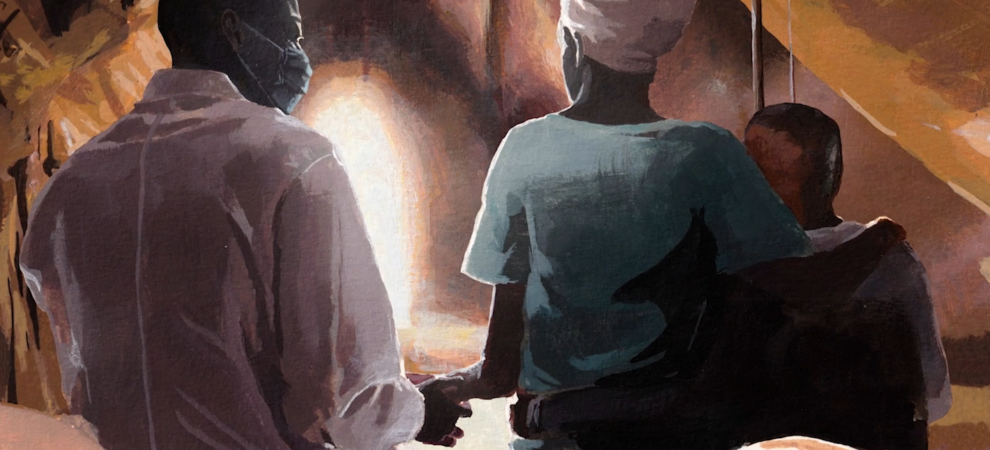
Principles: Communicate with kindness and inclusion, Value questions more than answers, Build the world you want to live in
Global health folks use a lot of big numbers. And why wouldn’t they? The globe is a big place with lots of people. To measure progress in population health, we need to track outcomes at the population level.
But personally, I find it hard to relate to big numbers. When I read a news article that focuses on the number of people burdened by an illness, I feel detached from the real lives these numbers represent. I am not alone in this.
That’s why, as communicators, we tell people’s stories instead. People can relate to other people. People can connect with people. Stories are powerful. When we tap into the humanity that we all share through story, beautiful things can happen.
What we don’t want to happen when telling stories is to unintentionally hurt the same people we are trying to help.
One place we too often see this kind of inadvertent harm is in fundraising for humanitarian aid. Traditionally, international aid organizations rely on bleak images of sick people – often women and children of color – to tug at donors’ heart strings. These are coupled with photos of heroic and often white saviors coming to the rescue. The strategy: Use stories and imagery to make people feel pity and guilt so they’ll open their wallets and give to alleviate those negative feelings.
But at what cost? While these stories may be successful tools for fundraising, they perpetuate harmful and wildly false narratives rooted in White supremacy: that Black and Brown people are long suffering and powerless. That they are very different from us, and the betterment of their condition relies on our generosity, sacrifice, and magical, western solutions. These fictional stories uphold dependence on western aid instead of inspiring self-sustaining development.
Thankfully, the conversation about “poverty porn” has picked up steam in the last few decades, and we’re seeing less of it as a result. We are learning and talking about how using these kinds of images and stories push colonialist and paternalistic narratives that hurt communities more than they help.
So, how do we avoid turning people into numbers, use stories to inspire rather than exploit, and rewrite harmful narratives about humanitarian issues around the world?

Our client ALIMA is setting a new example. ALIMA – the Alliance for International Medical Action – launched a new artistic awareness campaign this February called #WeAreTheSolution. The campaign challenges outdated narratives about aid dependence and emphasizes the power of local health talent and expertise. The campaign, appropriately titled, uses original art and music by French-Senegalese artist Lossapardo to tell the story of a young boy who turns a tragic experience from childhood into his calling of becoming a doctor and saving lives in his country of origin.
Based in Dakar, Senegal, ALIMA is a medical humanitarian NGO that partners with local health workers, organizations, and ministries of health to provide quality, place-specific care to people in 13 African countries during emergencies and crises. They also conduct research alongside their programs to better inform the future of health care on the continent. So cool. So important.
What I love about this campaign is that – at least on some level – the story told here is relatable. Not everyone has lost a parent and become a doctor, but everyone has experienced something that changed the course of their life or inspired their career. It’s easy to form a connection with the boy from the film because we’ve heard – or lived – this story before.

The issues that ALIMA is tackling are serious and vast, but instead of feeling disheartened by sad images or overwhelmed by statistics, this campaign leaves me feeling hopeful and inspired by the organization’s mission to build strong, sustainable health systems in the countries where they work.
Cheers to ALIMA and all who helped bring this campaign to life – you knocked it out of the park.
Watch the #WeAreTheSolution campaign video below!
